How do Raccoons interact with their environment and humans?
by OB 2020-05In this playlist, we look at how raccoons interact with their environment and how we can peacefully coexist in our shared habitats.
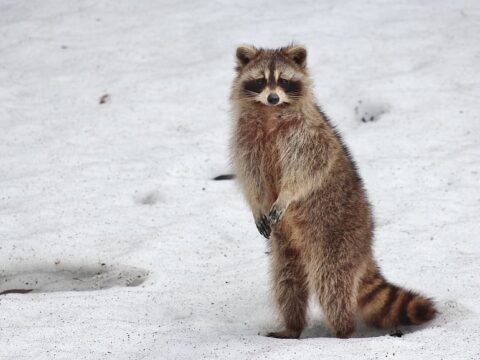
1In 1 playlists
By OB 2020-05
The raccoon is a medium-sized mammal native to North America. The raccoon is the largest of the Procyonidae family. Its grayish coat mostly consists of dense underfur which insulates it against cold weather.
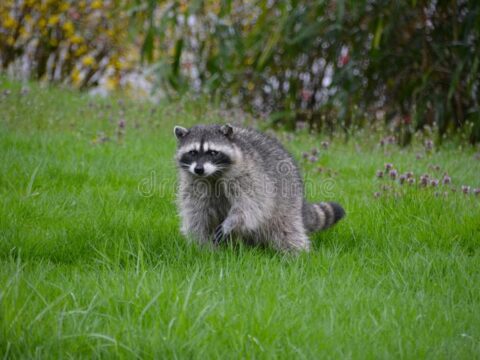
1In 1 playlists
By OB 2020-05
Raccoons are omnivores, meaning they will eat both plants and other animals. This includes fruits, berries, nuts, fish, frogs, mussels, crayfish, insects, turtles, mice, rabbits, muskrats, and bird eggs.

1In 1 playlists
By OB 2020-05
North American raccoons (Procyon lotor) are spreading across Europe, Japan, and West Asia
The red is native habitat and the blue is where raccoons are invasive
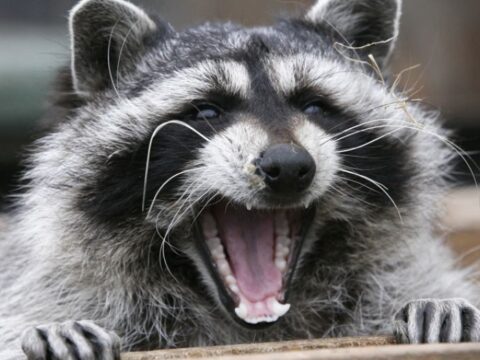
1In 1 playlists
By OB 2020-05
Raccoons will often have interactions with humans. Usually, the raccoon will feel threatened and it will bite, scratch, and hiss which all can cause harm to humans. They are known for looting people’s garbage and just being an overall pest. They can carry parasites and rabies which are also very harmful to people so it is best to just keep your distance.

1In 1 playlists
By OB 2020-05
Raccoons are known for their ability to thrive in different environments. Whether it is in the middle of downtown or in the BC rainforest. They are great scavengers that can find food almost anywhere which, makes them incredibly adaptable.
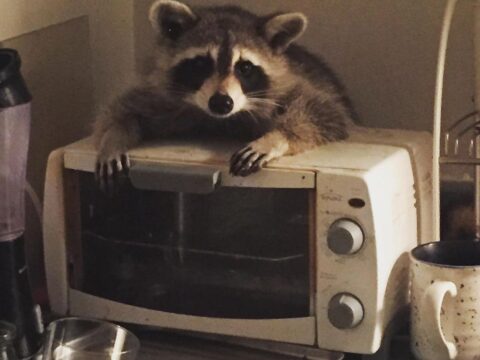
1In 1 playlists
By OB 2020-05
Raccoons are scavengers and very optimistic. This makes them a problem, as they will dig through trash cans to find any scrap of food. They will stay in areas with a lot of food waste and become accustomed to humans. Habituated raccoons can become threats to dogs, cats, and even humans.
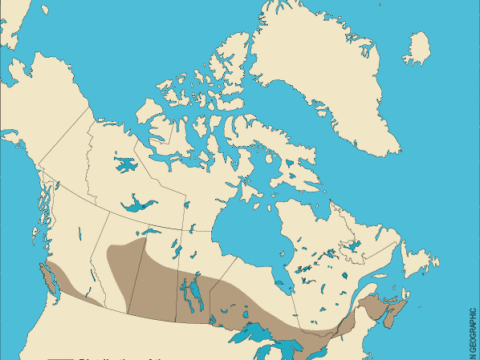
1In 1 playlists
By OB 2020-05
this is the distribution of raccoons in Canada.
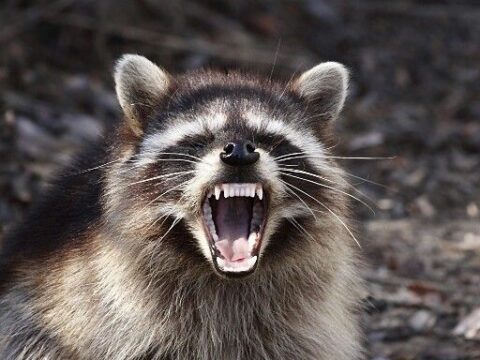
1In 1 playlists
By OB 2020-05
https://globalnews.ca/news/3009875/vancouver-woman-viciously-attacked-by-a-raccoon/ Racoon attacks a woman and her dog in Vancouver
https://604now.com/raccoons-abbottsford-attacks/
Raccoon gang hunts cats in Greater Vancouver
https://www.cheknews.ca/victoria-woman-is-sounding-the-alarm-about-urban-raccoons-after-second-attack-474646/
A woman and her dogs attacked twice in her own yard in Victoria
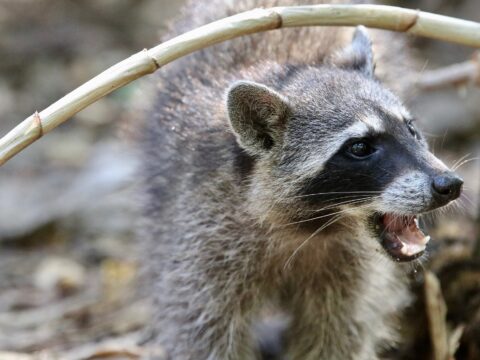
1In 1 playlists
By OB 2020-05
Raccoons are one of the most common carriers of rabies, which is a deadly virus that spreads from infected animals. Luckily there have been very little reported rabies cases in BC from raccoons. Raccoons can also carry roundworm which can severely affect humans.
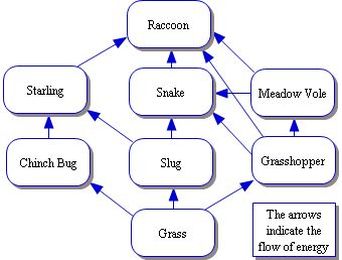
1In 1 playlists
By OB 2020-05
An example of a food web where the raccoon is the apex predator.
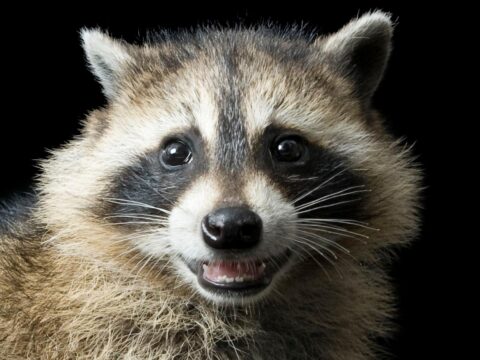
1In 1 playlists
By OB 2020-05
There are many ways to get rid of raccoons that are infiltrating your backyard or property. Most of them involve harming the raccoon, but there are safer ways to do so. Raccoons are scared of the smell of apple cider vinegar. You can soak some rags in it and but them in containers with holes to make some safe raccoon repellent.
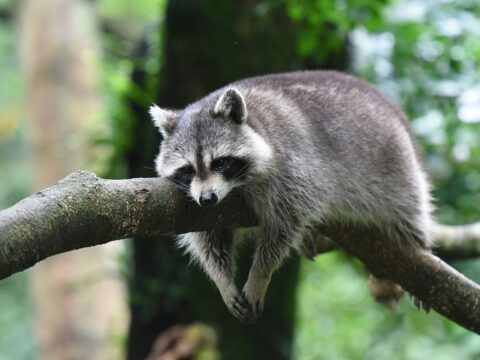
1In 1 playlists
By OB 2020-05
Here are some more ways to get rid of raccoons safely
- Place a flashlight or work light in the den site
- Play a radio (with a talk radio station) near the den site
- Make a raccoon repellent by placing rags soaked with apple cider vinegar in a plastic container. Tape the lid shut and punch holes so the smell permeates.
- Place one or more containers in the den or at entry points. Refill the vinegar every couple of days as needed.
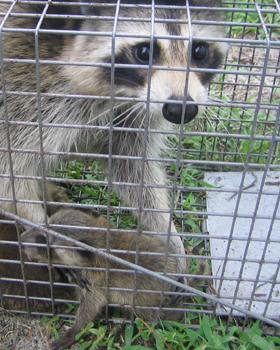
1In 1 playlists
By OB 2020-05
Trapping and relocating wildlife, especially raccoons, is a harmful solution. Often raccoons seriously hurt themselves trying to escape these cages. They are relocated to an unfamiliar habitat which they can struggle to find food in and often they end up starving.
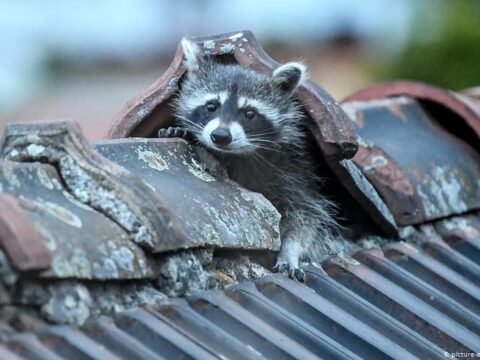
1In 1 playlists
By OB 2020-05
I think that humans should know how to properly interact with this very common animal who can be potentially dangerous. If people can interact safely with raccoons there would be less killing, trapping, and harming of raccoons in BC. we are trying to create a safe environment for humans and raccoons to coexist peacefully.
